Ganz ohne Touristenfallen nach China reisen! Hier finden Sie eine Liste der Top 10 Sehenswürdigkeiten von China! Welche Highlights und Attraktionen dürfen Sie beim Urlaub in China auf keinen Fall versäumen?
Chinas abenteuerlicher Mix aus unberührter Natur und lebhaftem Business, Shopping-Tempel und Reisterrassen, schroffen Bergen und imposanten Wolkenkratzern lockt Besucher aus aller Welt ins fantastische Reich der Mitte.
Inhaltsverzeichnis
Terrakotta-Armee
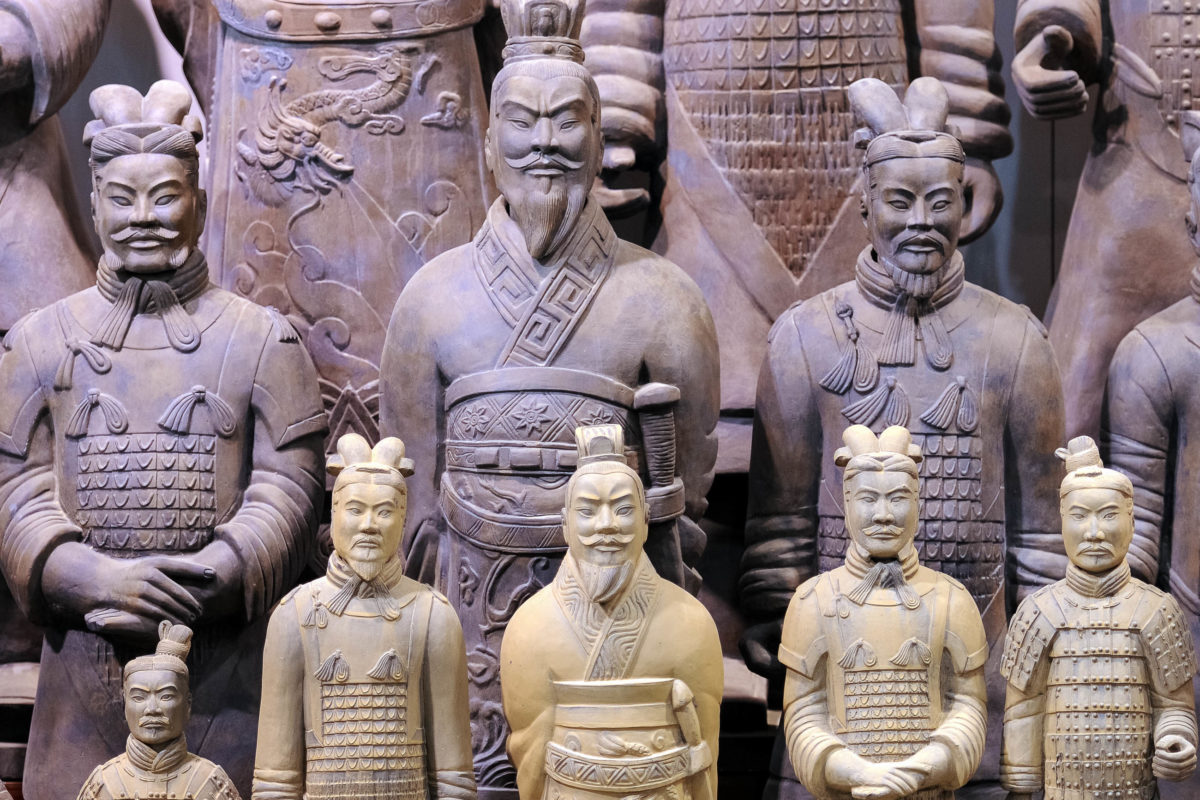
Die gigantische Terrakotta-Armee in der Provinz Xi’an besteht aus unglaublichen 7.000 originalgroßen Statuen von Soldaten und Pferden, von denen keine der anderen gleicht. Sie wurden geschaffen, um bis in alle Ewigkeit das Grab von Kaiser Shǐhuángdì zu bewachen – der sein imposantes Mausoleum übrigens bereits im Alter von 13 Jahren zu planen begann und auch den Bau der berühmten Großen Mauer befahl.
Artikel: Terrakotta Armee
Fotogalerie: Terrakotta Armee
Chinesische Mauer

Chinas „Große Mauer“ ist rund 9.000 Kilometer lang und wurde über einen gewaltigen Zeitraum von 2000 Jahren errichtet. Um 500 vor Christus begann der Bau, um China vor feindlichen Nomadenstämmen des Nordens zu schützen. Heute wird das UNESCO Weltkulturerbe nur noch auf einer Länge von rund 500km um Peking instandgehalten – hauptsächlich für die Touristen.
Artikel: Chinesische Mauer
Fotogalerie: Chinesische Mauer
Verbotene Stadt in Peking (Beijing)
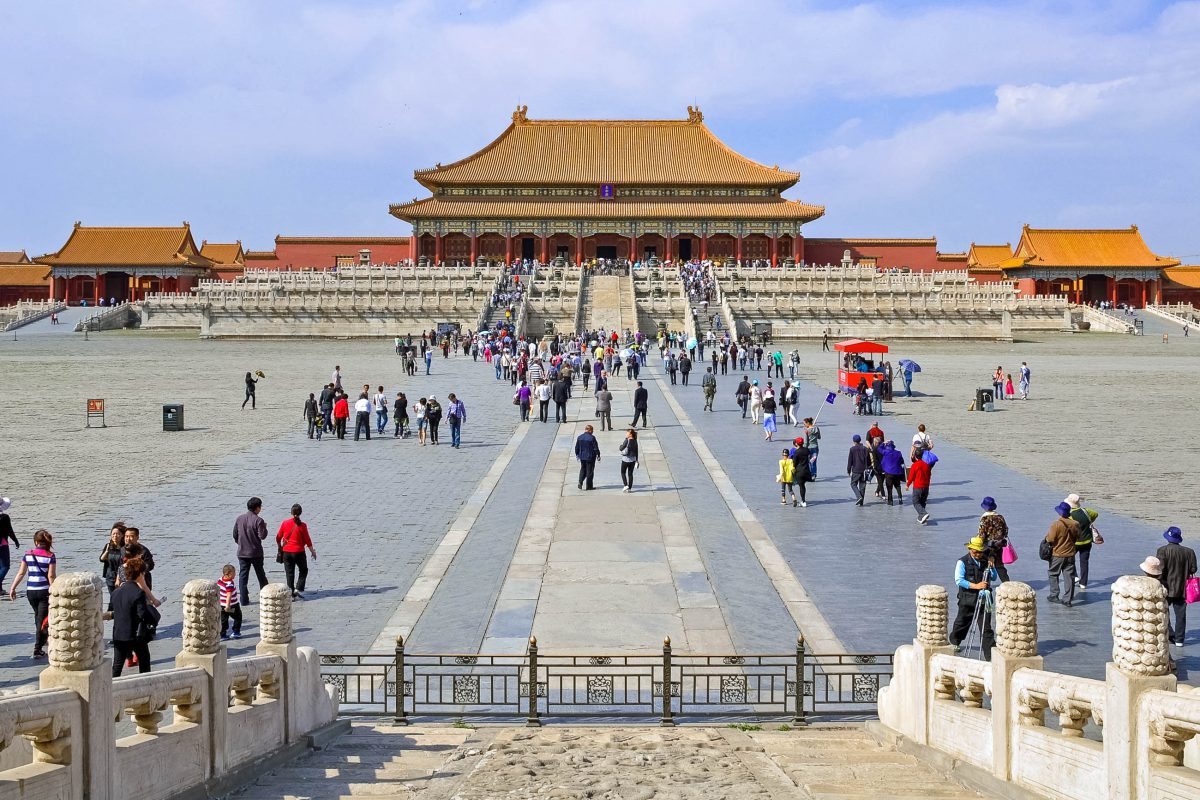
In Chinas Hauptstadt Beijing zählt die Verbotene Stadt am Platz des Himmlischen Friedens zu den Hauptattraktionen. Der einstige Kaiserpalast war bis 1924 nur dem Kaiser und seinem Gefolge vorbehalten. Mittlerweile ist der „Gugong“ hinter seiner 10m hohen Mauer nicht mehr verboten, sondern gibt Besuchern seine spektakulären architektonischen und handwerklichen Meisterwerke preis.
Artikel: Verbotene Stadt in Peking
Fotogalerie: Verbotene Stadt in Peking
Kaiserlicher Sommerpalast in Peking (Beijing)
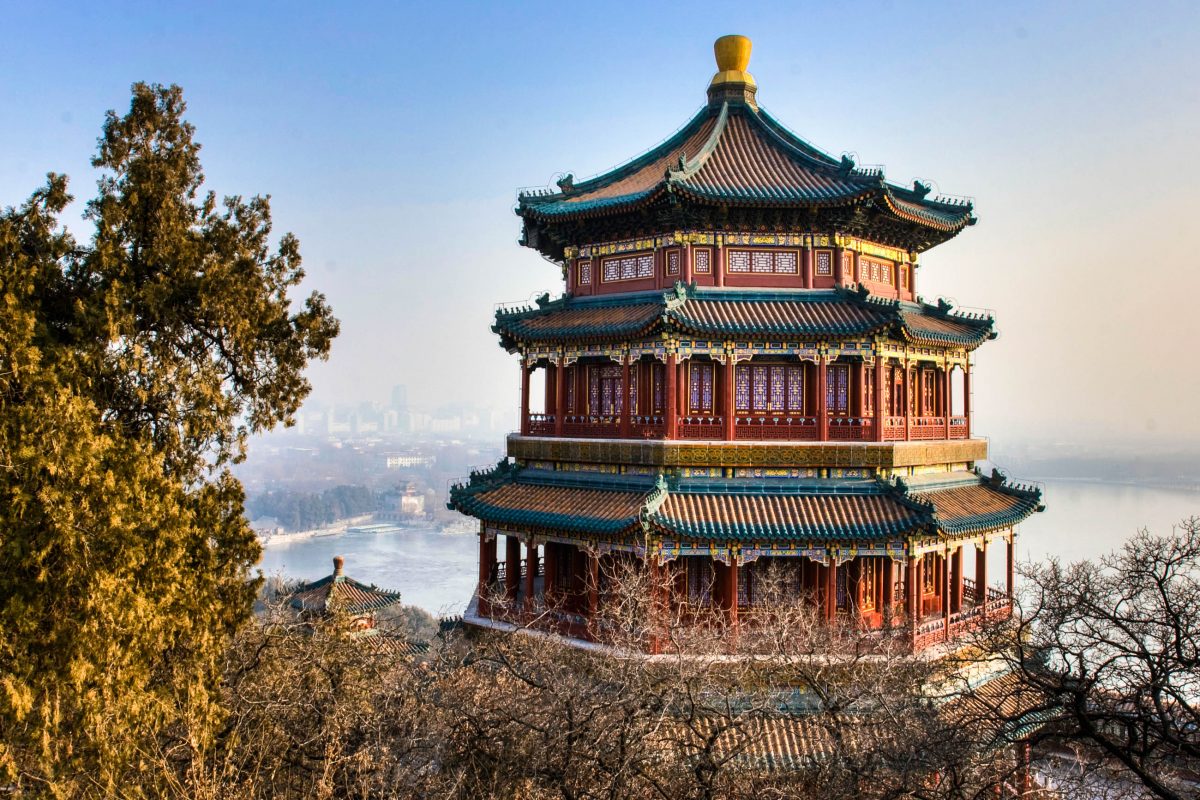
Apropos Kaiserliche Residenzen: Auf einem gigantischen Gelände von knapp 3 Quadratkilometern erstreckt sich der Kaiserliche Sommerpalast aus dem 18. Jahrhundert. Malerisch zwischen dem Kunming See und dem Hügel der Langlebigkeit gelegen gelten seine Paläste, Gärten und Pavillons als Höhepunkt der chinesischen Architektur und Landschaftsgestaltung.
Artikel: Kaiserlicher Sommerpalast in Peking
Fotogalerie: Kaiserlicher Sommerpalast in Peking
Shanqing Shan Nationalpark
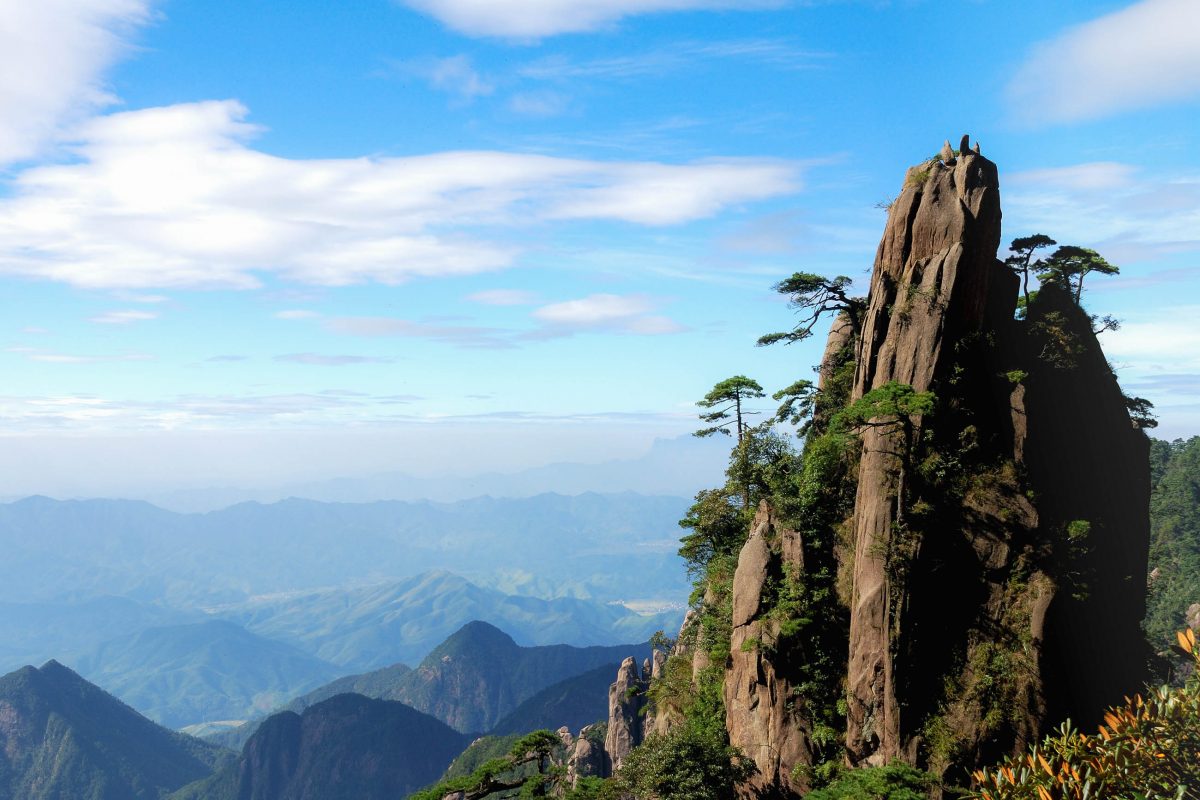
Der Shanqing Shan Nationalpark wurde von der UNESCO zum Welterbe erklärt und beeindruckt mit seinen außergewöhnlichen Felsformationen. In den granitenen Bergspitzen, die zwischen mystischen Regenwäldern in den Himmel ragen, können mit etwas Fantasie Tiere, Menschen und Fabelwesen erkannt werden.
Artikel: Shanqing Shan Nationalpark
Yu Yuan – Garten des Erfreuens in Shanghai

Der Garten des Erfreuens wurde im 16. Jahrhundert im Südosten von Shanghai errichtet. Das Meisterwerk der Gartengestaltung enthält neben einer unvergleichlichen Pflanzenpracht das größte und älteste Felsmonument im Süden Chinas – den gigantischen „Großen Künstlichen Felsen“.
Artikel: Yu Yuan – Garten des Erfreuens in Shanghai
Mogao Höhlen
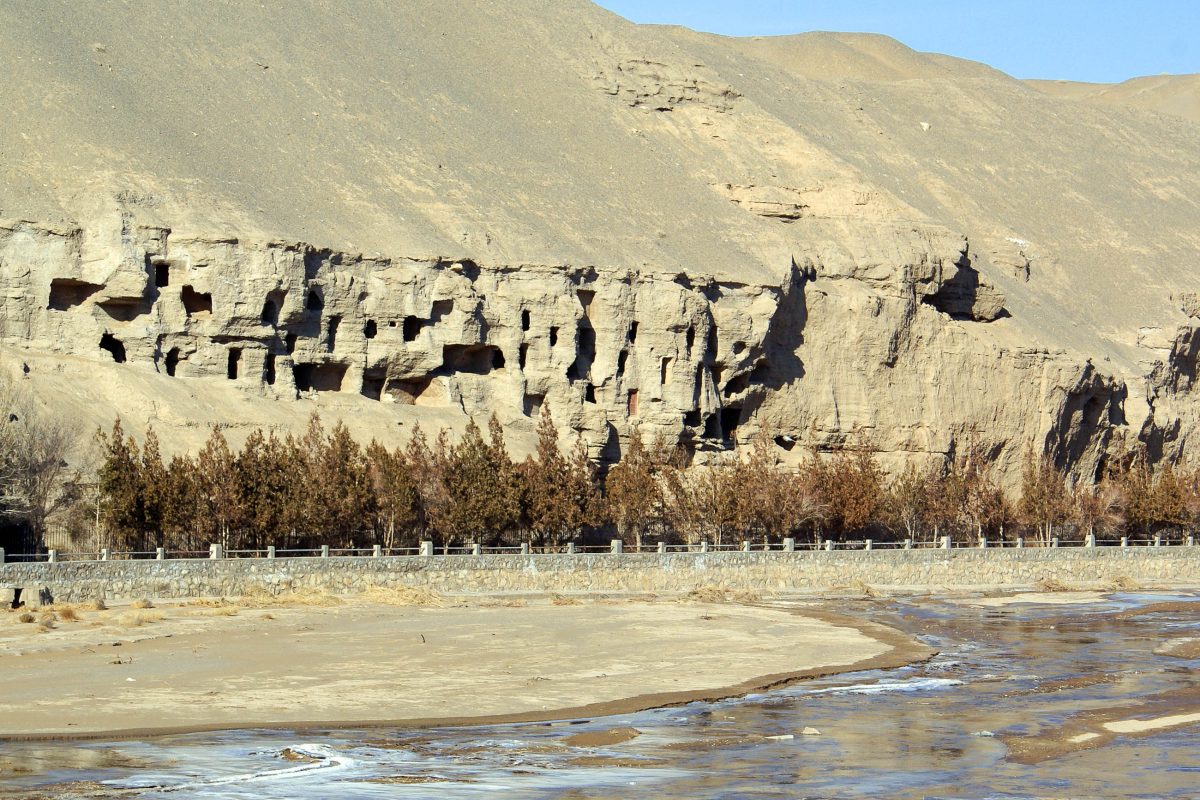
Am Rand der berühmten Seidenstraße liegen die faszinierenden Mogao-Höhlen, die von buddhistischen Mönchen über 6 Jahrhunderte in den Sandstein gehauen wurden. Sie nutzten die Höhlen als Bibliothek, Versteck und Rückzugsort für Meditationen und schmückten sie mit abertausenden Felsbildern. Die für damalige Verhältnisse technische und logistische Meisterleistung zählt zum Weltkulturerbe der UNESCO.
Artikel: Die berühmtesten Stätten der Steinschnitzkunst in China
Felsskulpturen in Dazu

Ebenso spektakulär wie die Mogoa-Höhlen präsentieren sich die rund 60.000 Felsskulpturen in Dazu. Hier sind nicht nur buddhistische, sondern auch konfuzianische und daostische Figuren zu bewundern – und das komplett in Farbe. Die zwischen dem 7. und 13. Jahrhundert entstandenen Statuen stellen auch Alltagsszenen dar und sind daher auch archäologisch gesehen von großer Bedeutung.
Artikel: Die berühmtesten Stätten der Steinschnitzkunst in China
Kalksinterterrassen im Huanglong Tal
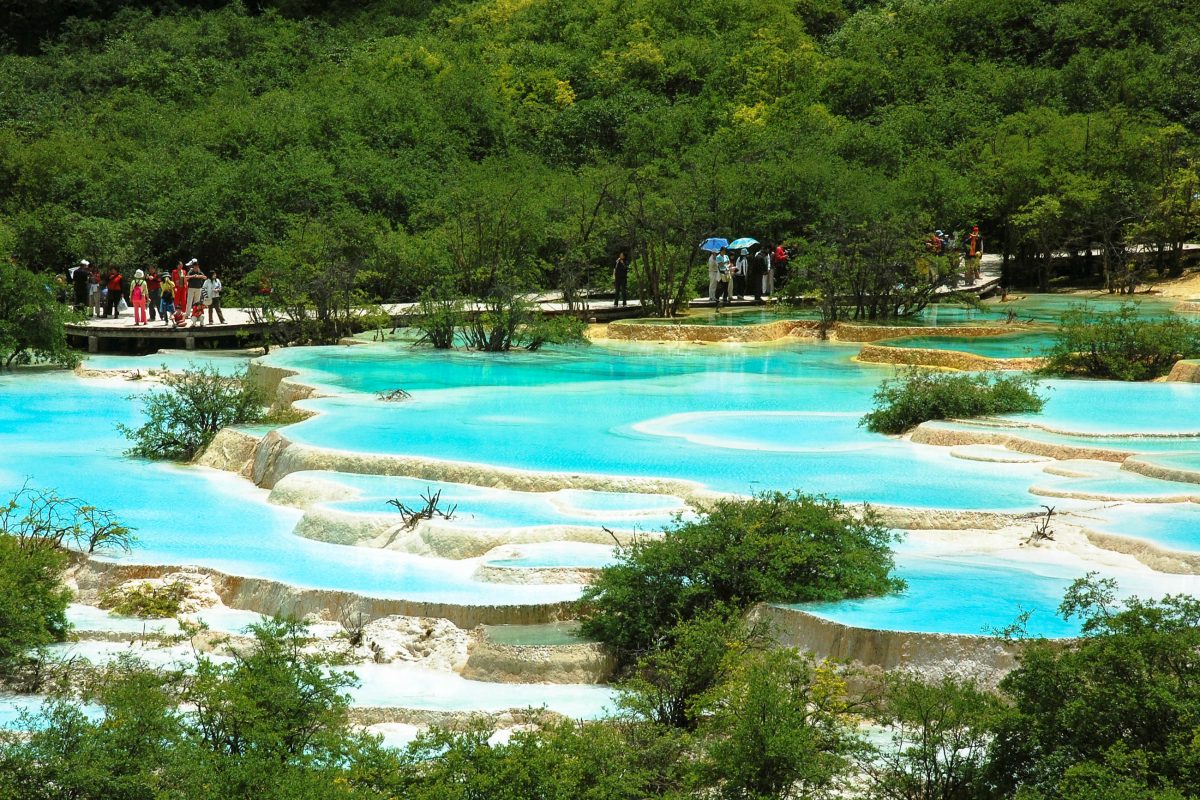
Als nahezu überirdisch schön kann man die Kalksinterterrassen im Huanglong-Tal bezeichnen. Die zahlreichen Pools und Höhlen im Nordwesten der Provinz Sichuan wurden über Jahrtausende vom Regenwasser ausgewaschen und leuchten heute in allen erdenklichen Blau- und Grünschattierungen. Das knapp 4km lange Tal inmitten schneebedeckter Berggipfel ist Teil des UNESCO Welterbes.
Artikel: Kalksinterterrassen im Huanglong Tal
Lu Shan Nationalpark
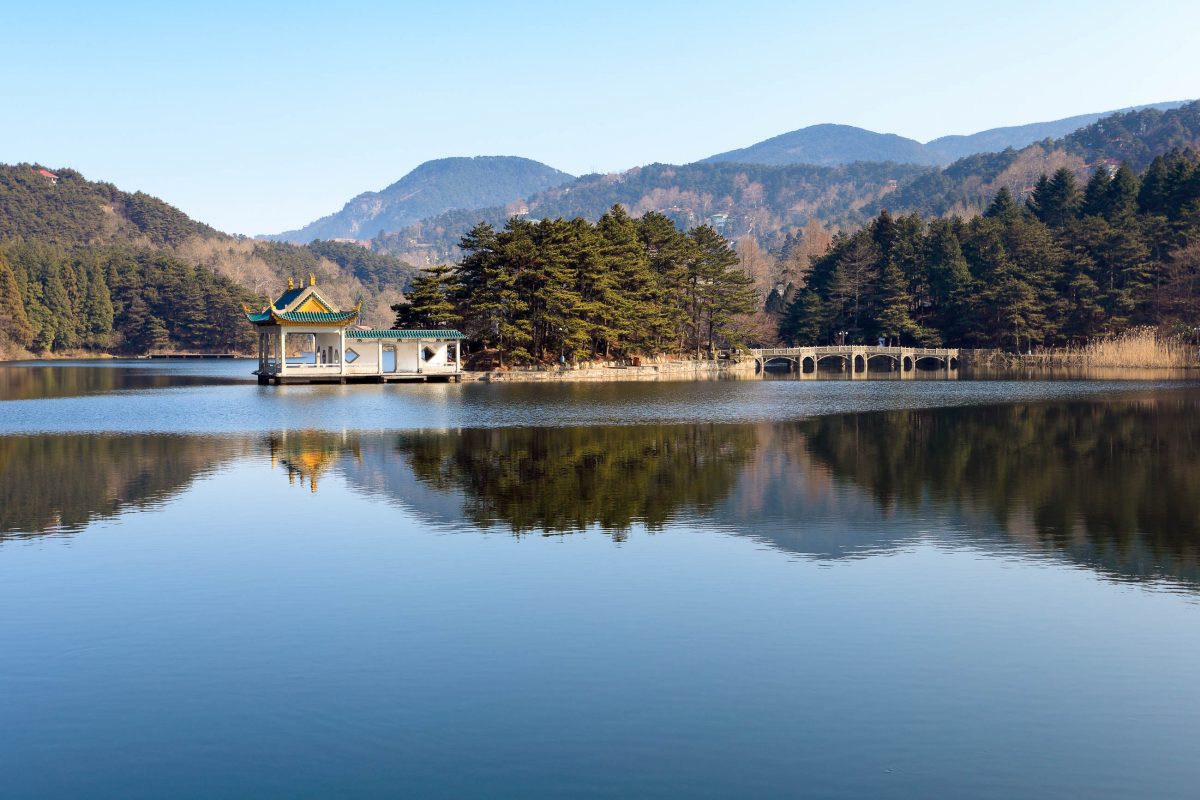
Der Lu Shan Nationalpark erstreckt sich um den gleichnamigen Berg, der zu den berühmtesten Gipfeln Chinas zählt. Aufgrund seines milden Sommer-Klimas fanden in der von strenger Schönheit geprägten Landschaft zahlreiche politisch bedeutende Ereignisse statt. Über 200 historische Bauten zeugen von den verschiedenen Religionsgemeinschaften, die sich seit dem 1. Jahrtausend in den nebeligen Gefilden ansiedelten.
Artikel: Lu Shan Nationalpark
Fotogalerie: Lu Shan Nationalpark




